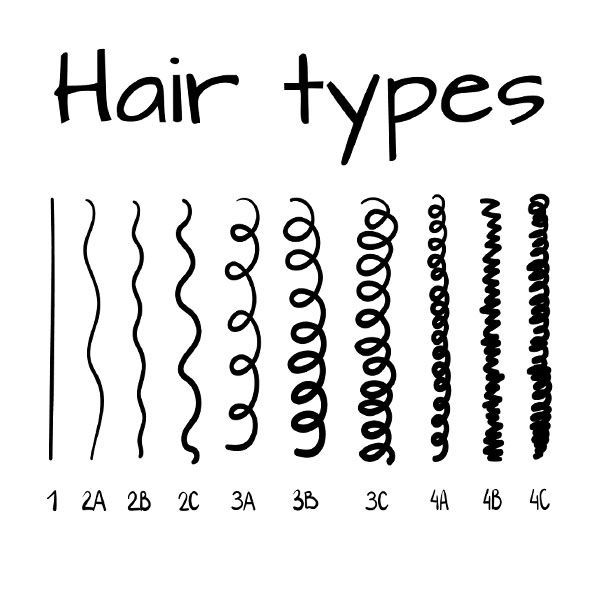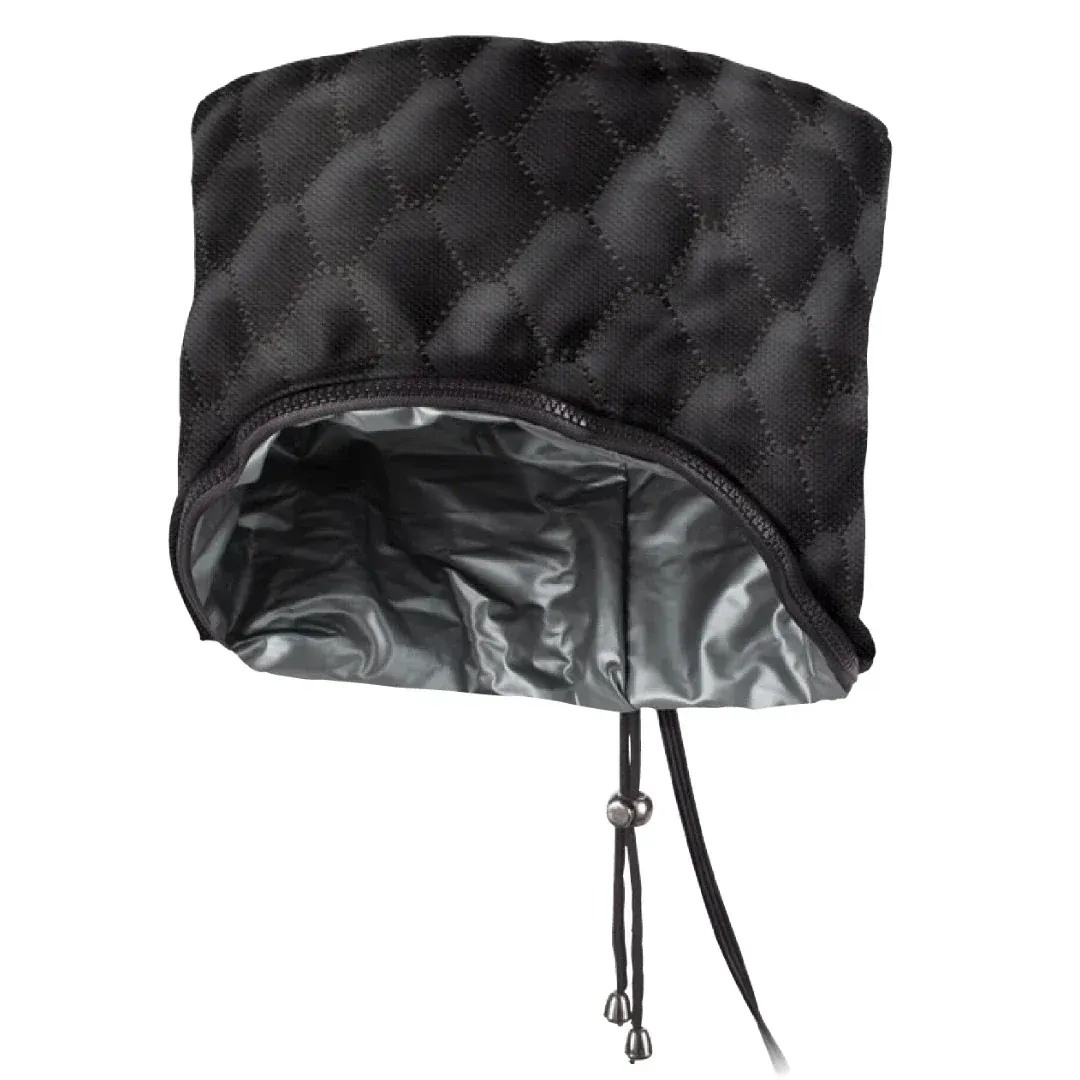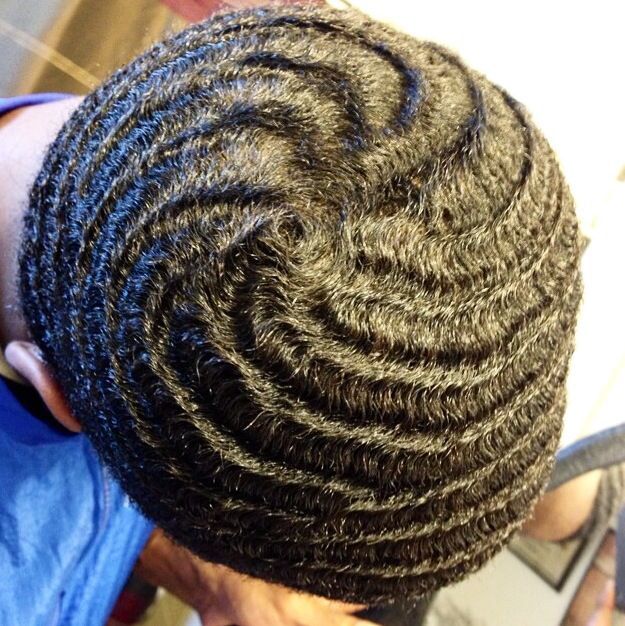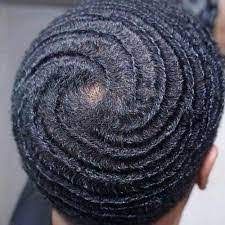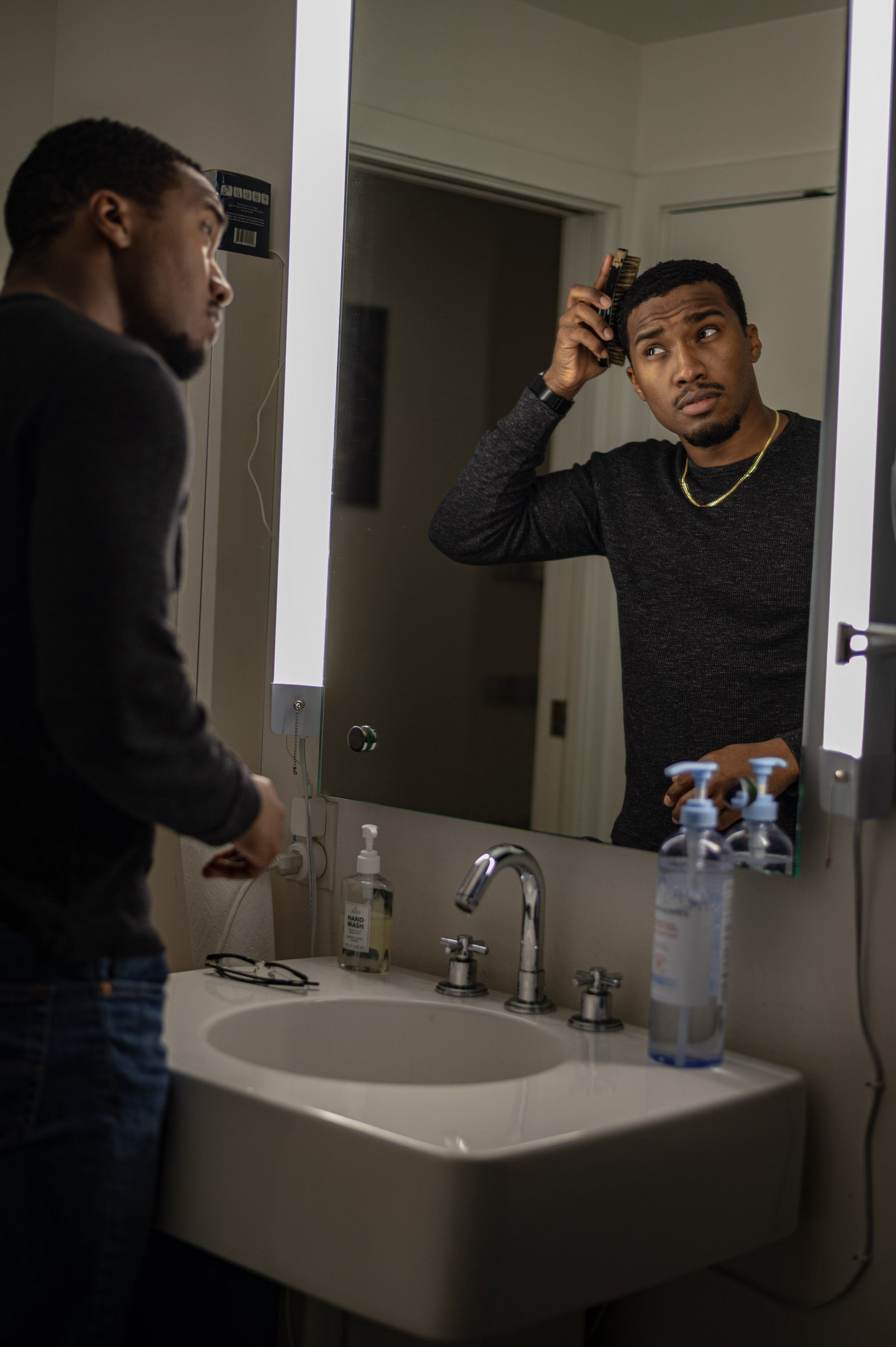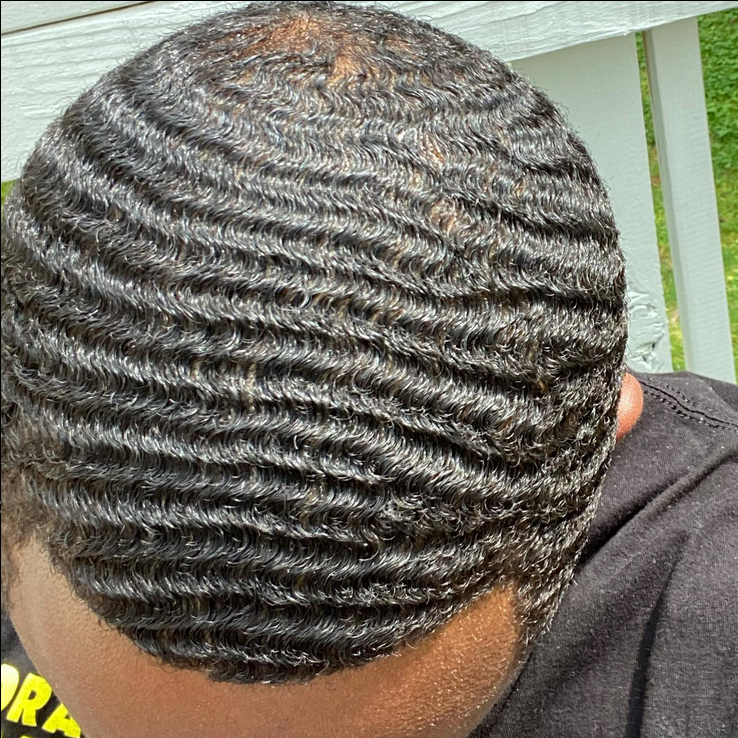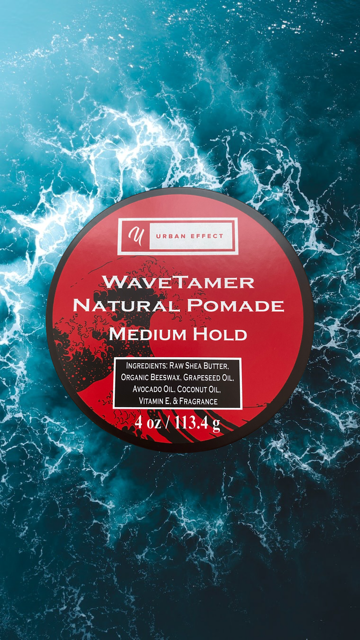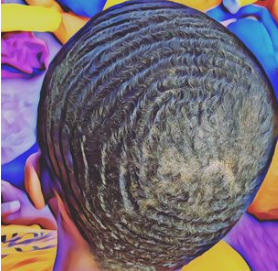Medium Porosity - What is it and how to manage it
By: Phil Dixon
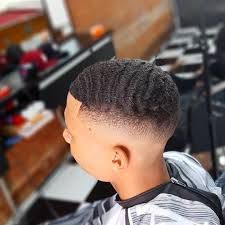
Medium Porosity Breakdown and Product usage
For medium (normal) porosity hair, you have a broader range of oils and butters to choose from, as this hair type absorbs and retains moisture well. Here are some of the best options:
Oils:
Olive Oil:
Rich in vitamins A and E and antioxidants.
Helps to maintain moisture balance and adds shine.
Coconut Oil:
Penetrates the hair shaft well.
Provides deep conditioning and helps to reduce protein loss.
Sweet Almond Oil:
Lightweight and rich in vitamins A, B, and E.
Helps to smooth and soften hair, adding shine without making it greasy.
Jojoba Oil:
Mimics the natural oils produced by the scalp.
Helps to moisturize and reduce frizz, providing a balanced moisture level.
Argan Oil:
Lightweight and rich in essential fatty acids and vitamin E.
Adds shine and softness, while also helping to reduce frizz.
Butters:
Shea Butter:
Rich in vitamins and fatty acids.
Provides deep moisture and helps to seal in hydration.
Mango Butter:
Lightweight and non-greasy.
High in vitamins A and E, helping to moisturize and protect hair.
Cocoa Butter:
Provides a protective barrier to seal in moisture.
Rich in fatty acids and antioxidants, helping to nourish and strengthen hair.
Cupuacu Butter:
Lightweight and easily absorbed.
Has hydrophilic properties that allow it to retain moisture effectively.
Application Tips:
Balance: Use oils and butters in a balanced way to avoid overloading the hair with products.
Pre-Poo Treatment: Apply oils as a pre-shampoo treatment to protect hair from drying out during washing.
Sealant: Use butters as a sealant to lock in moisture after applying a water-based leave-in conditioner.
Mix and Match: Experiment with combinations of oils and butters to find what works best for your hair's needs and styling preferences.
Wavers Digest
